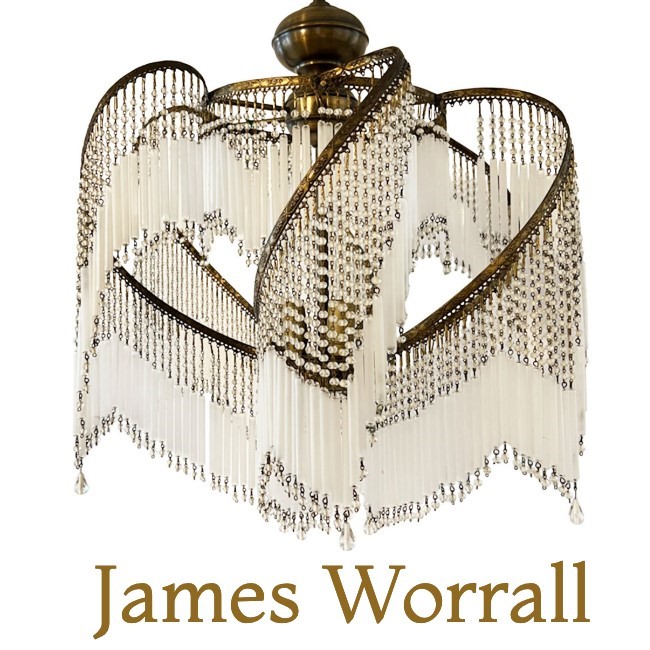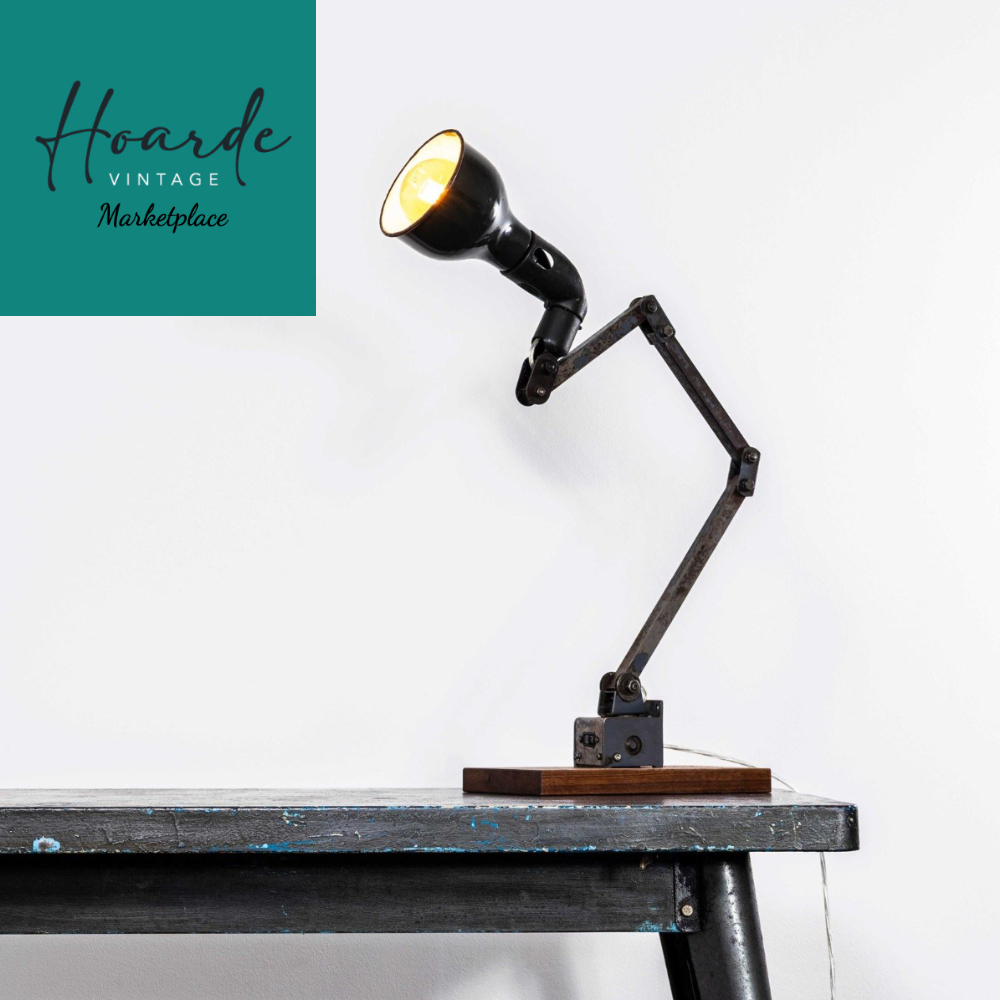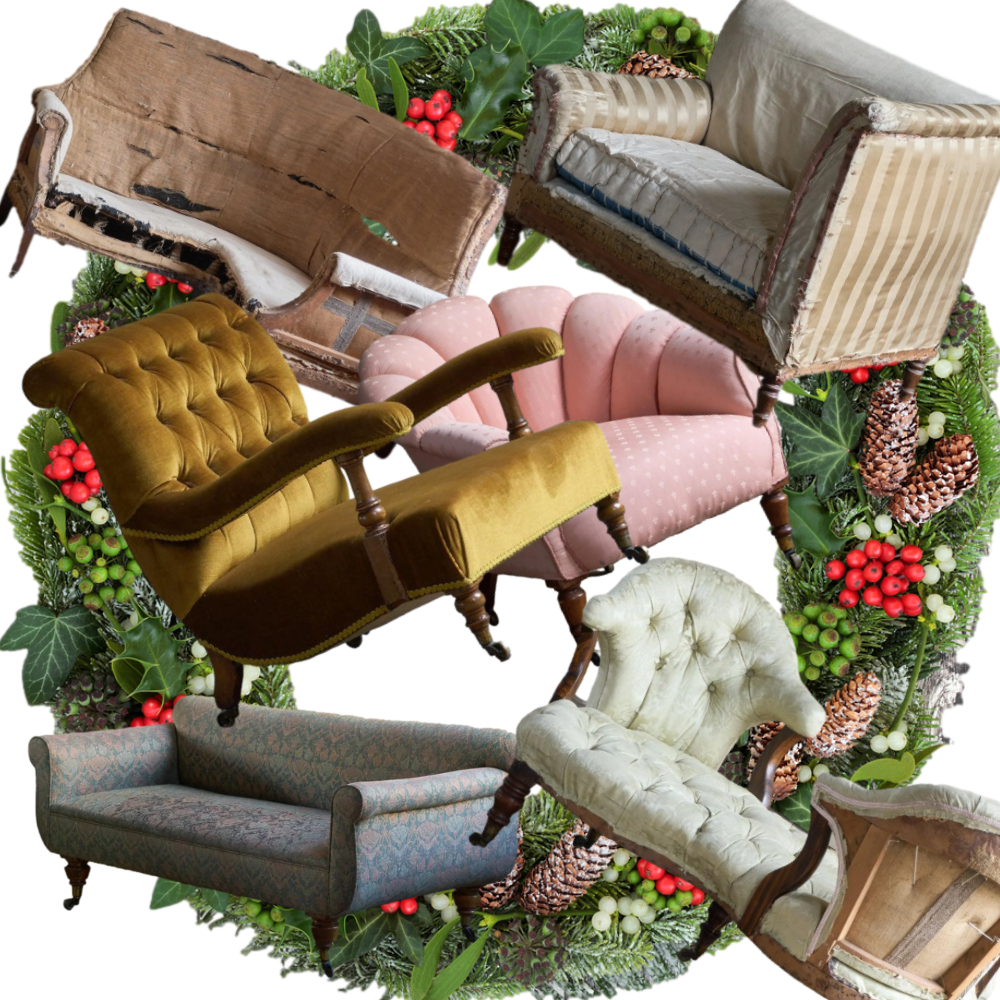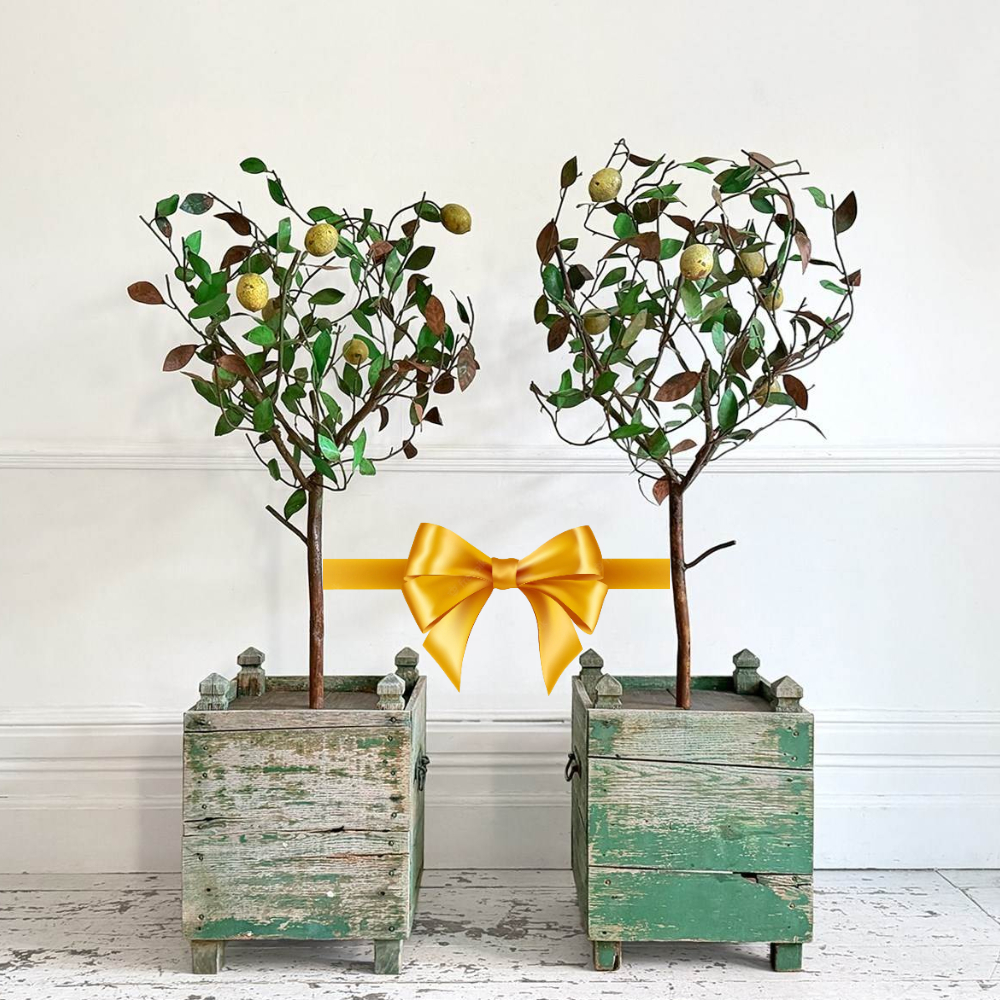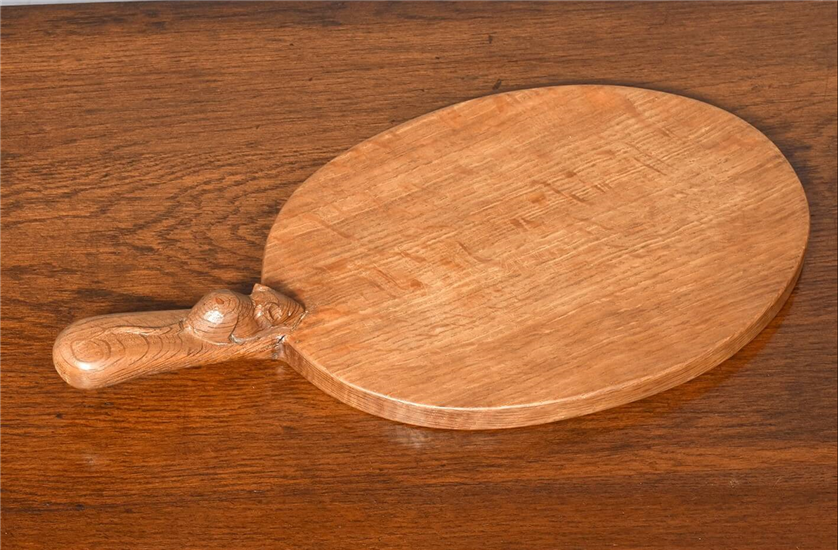
Mouseman furniture is an iconic furniture type that tends to be incredibly popular, with some pieces setting record prices at auction over the years.
Mouseman furniture tends to be incredibly high quality and exceptionally crafted. However, what really sets it apart from other furniture of the 1930s is the fact that each piece features a carved mouse.
From tables to ashtrays, Robert ‘Mousey’ Thompson’s English oak furniture perfectly showcases the elegance of the Arts and Crafts era, offering both beauty and functionality.
A Brief History of Mouseman Furniture
Born in Kilburn, North Yorkshire, Robert Thompson was left to run the family business in 1985 when his father died. Initially, the joiner and wheelwright business meant that Thompson focused on repairing barns and fences in the area, however, he was obviously considering changing the direction of the business as he started to lay down reserves of oak for seasoning.
It is believed that Thompson started to produce furniture for people in his local area from around 1911, although this furniture was not the style that Mouseman has become synonymous with.
During World War I, Thompson stayed in the UK as his was a protected profession and his skills were needed at home. Shortly after the war, he began to get commissioned to make more and more furniture, with his furniture being popular with local churches.
When he was commissioned in 1921 to furnish Ampleforth College, he saw a lot more orders start to come in, which led to the design and manufacture of many pieces of furniture that have now become iconic Mouseman styles. In fact, many of these designs are still in production today.
While he lost most of his workforce when World War II broke out, his business continued to grow once it ended. Although Thompson died in 1955, his workshop is open as a visitor centre and still crafts many of the pieces he became known for.
When Did Mouseman Furniture Start To Be Signed With a Mouse?
The mouse that is now the telltale sign of Mouseman furniture started to make an appearance sometime between 1924 and 1928 and wasn’t registered as a trademark until 1931.
According to Thompson, the mouse came about without any planning. In a letter, he wrote that he and another carver were carving a large cornice for a screen when the other corner mentioned that he was as poor as a church mouse. In response, Thompson carved a mouse and thought that it would make a lovely trademark after the fact.
The mouse went through a few iterations, with the earliest mice being carved free from the oak, Until 1930, most of them were carved with front paws, which then changed.
The mouse is still used as a trademark on Mouseman furniture today, with each carver having their own distinct style.
What Sets Mouseman Furniture Apart From Other Antiques?
As well as the signature carved mouse, Mouseman furniture stands out because it showcases the way each piece of furniture has been constructed. Rather than hiding construction methods, the furniture keeps detailing like pegged joints, giving it a sturdy and honest look.
The majority of the oak used to make the furniture is also quarter sawn. Not only does this show the natural markings of the wood off better, but it also means the furniture is stronger and less likely to warp over time. This is one of the reasons that antique Mouseman furniture is still so popular.
Some Mouseman furniture was made to stand out even more and was made of burr oak. This has very distinct knots that look like cat paws, which makes these pieces the most desirable of Mouseman furniture.
What is Mouseman Furniture Worth?
As with any antique furniture, it is not easy to say what a piece of Mouseman furniture might be worth. There is a lot that can affect the value of antique furniture, including its age and its condition. More modern Mouseman furniture is unlikely to be worth as much as pieces from the 1930s, however, if earlier pieces are in poor condition, this could lessen their value.
It’s recommended that you get any piece of Mouseman furniture valued individually by a professional, as they will be able to tell you more about its history and highlight anything that could decrease its value.
Having your Mouseman furniture assessed by an antique professional will ensure you can get it insured for the right amount of money, as well as give you an indication of what it could fetch if you decide to auction it.

